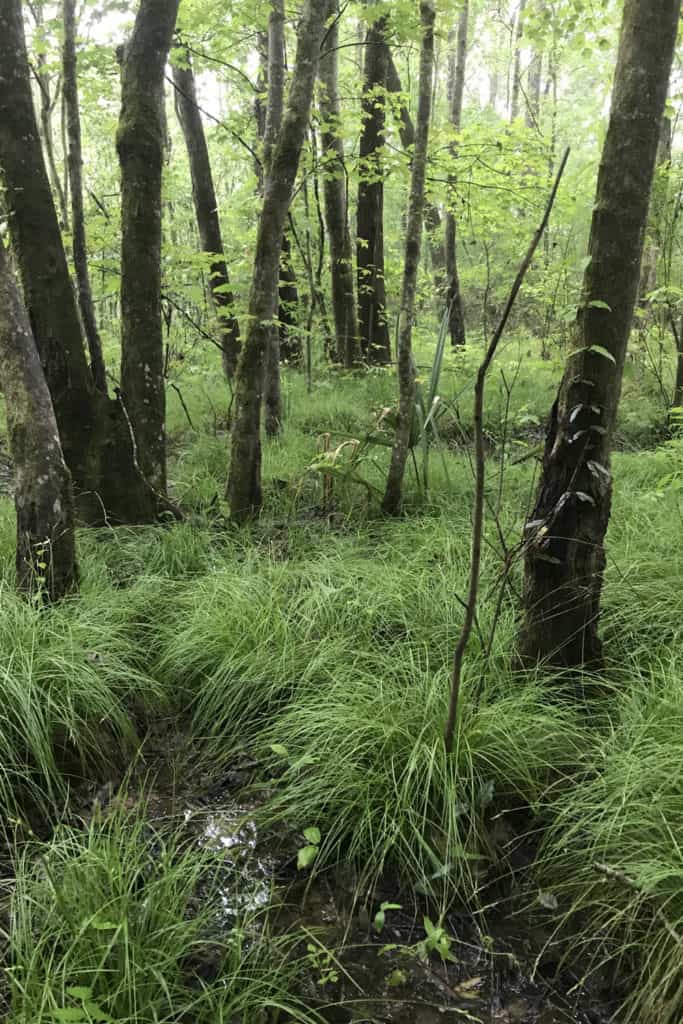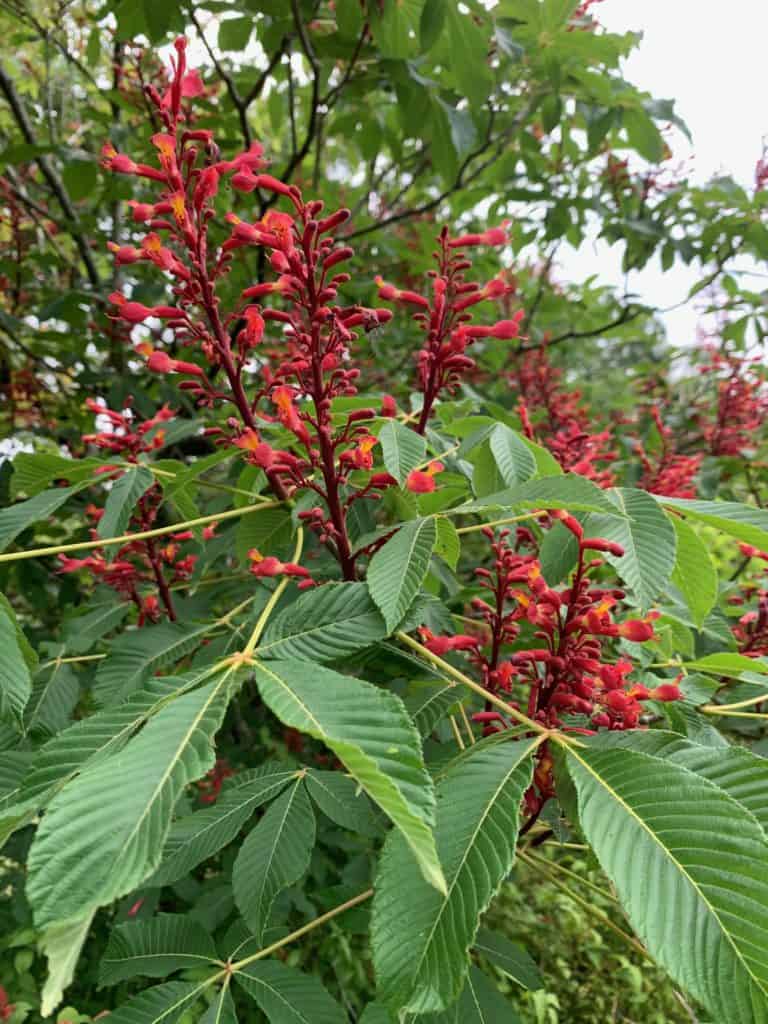It's obvious that native plants play an important ecological role as the base of all terrestrial food chains. What is less obvious is that native plants also protect our land and water.
Native plants are better adapted than ornamental exotics to our climate and soils. Native are good at penetrating and anchoring in thick clay soils common in many parts of Louisiana. That is why native plants are resilient in floods and droughts.
But these roots are also how native plants help our soils sponge up rainwater. Their deep root networks form channels that move water from the surface into the soil and eventually into groundwater. Some prairie grasses have roots that extend more than 12 feet deep! By contrast, turf grass found in typical American lawns are only an inch deep, which causes rainwater to sheet off into streets rather than into the soil. Replacing large areas of lawn with native plants can help reduce flooding.


Louisiana is well known for soil subsidence. This happens faster as valuable sediment is lost from unprotected soil surfaces. Wet-adapted natives like rushes and irises stabilize banklines and drainage ditches against erosion. They greatly reduce the loss of sediment and nutrients that can impair our waterways.
The conventional use of fertilizers on lawns and crops adds excessive nutrients to our waterways. If not captured from runoff, these nutrients wind up in bays and river outlets and create dead zones with oxygen levels too low for marine life. Plants, not pavement, take up these nutrients. It should be no surprise that native plants are being planted in strips along crop boundaries to support pollinators, protect against erosion, and take up excessive nutrients. If they can be used in these ways for agriculture and large scale conservation, imagine the benefit if we all put more native plants on our own corner of Louisiana.
